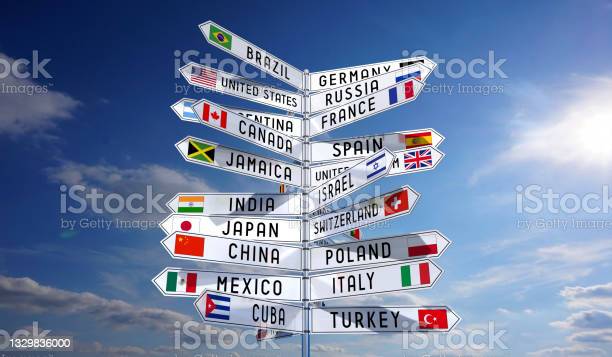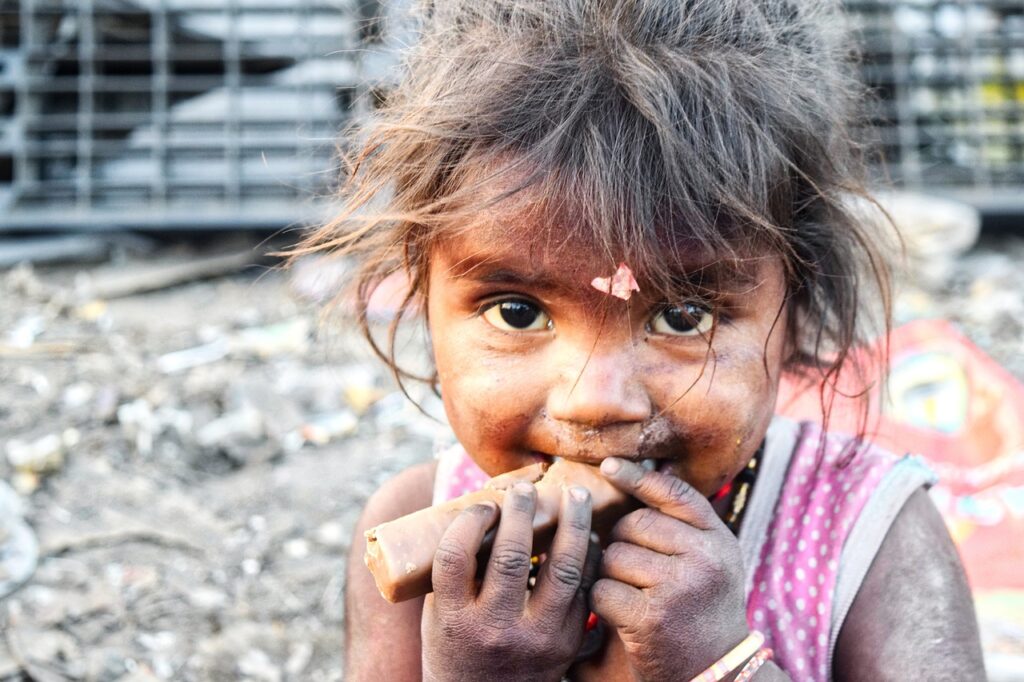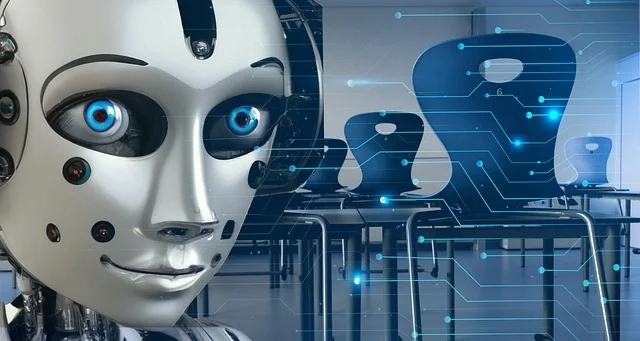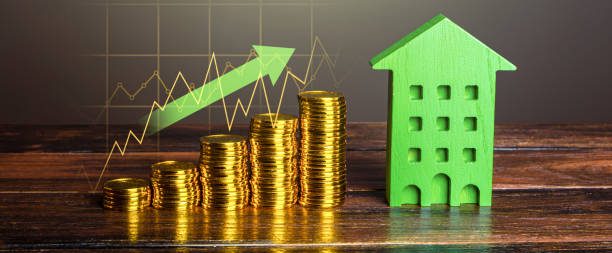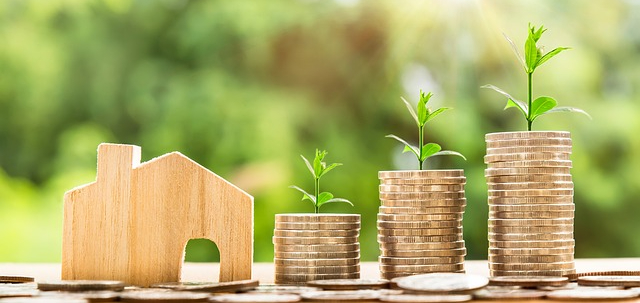Explore the concept of sustainable development, the 17 global goals known as the Sustainable Development Goals (SDGs), and how they address critical issues like poverty, inequality, and climate change. Learn how SDGs offer a path towards a more equitable and sustainable world.
Introduction
Sustainable development is a term that has gained significant prominence in recent years. It refers to the process of utilizing resources in a way that meets the needs of the present generation without compromising the ability of future generations to meet their own needs. At the heart of sustainable development are the Sustainable Development Goals (SDGs), a set of 17 global objectives established by the United Nations. These goals aim to address a wide range of social, economic, and environmental challenges that our world faces today.
In today’s world, the pursuit of a sustainable future is more critical than ever before. The Sustainable Development Goals (SDGs), established by the United Nations, offer a roadmap towards a better world, addressing pressing global challenges such as poverty, inequality, and climate change. This article will delve into the significance of SDGs, their implications, and their potential to create a more equitable and sustainable future for all.
What is Sustainable Development?
Sustainable development, often called sustainable growth, is a concept that emphasizes the harmonious coexistence of economic, social, and environmental goals. It recognizes that development should not come at the cost of exhausting natural resources or causing harm to communities. Instead, it seeks to create a balance that ensures the well-being of people and the planet.
Understanding the Sustainable Development Goals (SDGs)
The Sustainable Development Goals, often referred to as SDGs, are a set of 17 interconnected global goals adopted by the United Nations in 2015. These goals are designed to tackle a wide range of global issues, ranging from ending poverty and hunger to promoting gender equality and clean energy.
The 17 Sustainable Development Goals (SDGs)
The SDGs cover a broad spectrum of issues, each with its specific target and relevance. Here is a list of the 17 SDGs:
- No Poverty: End poverty in all its forms everywhere.
- Zero Hunger: End hunger, achieve food security and improved nutrition, and promote sustainable agriculture.
- Good Health and Well-being: Ensure healthy lives and promote well-being for all at all ages.
- Quality Education: Ensure inclusive and equitable quality education and promote lifelong learning opportunities for all.
- Gender Equality: Achieve gender equality and empower all women and girls.
- Clean Water and Sanitation: Ensure the availability and sustainable management of water and sanitation for all.
- Affordable and Clean Energy: Ensure access to affordable, reliable, sustainable, and modern energy for all.
- Decent Work and Economic Growth: Promote sustained, inclusive, and sustainable economic growth, full and productive employment, and decent work for all.
- Industry, Innovation, and Infrastructure: Build resilient infrastructure, promote inclusive and sustainable industrialization, and foster innovation.
- Reduced Inequality: Reduce inequality within and among countries.
- Sustainable Cities and Communities: Make cities and human settlements inclusive, safe, resilient, and sustainable.
- Responsible Consumption and Production: Ensure sustainable consumption and production patterns.
- Climate Action: Take urgent action to combat climate change and its impacts.
- Life under Water: Conserve and sustainably use the oceans, seas, and marine resources for sustainable development.
- Life on Land: Protect, restore, and promote sustainable use of terrestrial ecosystems, sustainably manage forests, combat desertification, and halt and reverse land degradation and halt biodiversity loss.
- Peace, Justice, and Strong Institutions: Promote peaceful and inclusive societies for sustainable development, provide access to justice for all, and build effective, accountable, and inclusive institutions at all levels.
- Partnerships for the Goals: Strengthen the means of implementation and revitalize the global partnership for sustainable development.
A Holistic Approach
SDGs are unique because they recognize that social, economic, and environmental challenges are interconnected. Achieving one goal often contributes positively to the accomplishment of others. For instance, improving education (Goal 4) can lead to reduced poverty (Goal 1) and improved health (Goal 3).
The Importance of Sustainable Development Goals
Addressing Poverty and Inequality (Goals 1 & 10)
One of the primary objectives of SDGs is to eradicate poverty in all its forms. By 2030, the UN aims to ensure that no one lives on less than $1.90 per day. Additionally, Goal 10 focuses on reducing inequality within and among countries, addressing disparities in income, gender, and access to resources.
Ensuring Good Health and Well-being (Goal 3)
Goal 3 emphasizes the importance of health for all ages. It seeks to reduce maternal and child mortality, combat major diseases, and promote mental health. Achieving this goal contributes to healthier and more productive societies.
Climate Action (Goal 13)
With the increasing threat of climate change, Goal 13 calls for urgent action to combat it. The objective is to strengthen resilience and adaptive capacity, as well as to integrate climate change measures into national policies, strategies, and planning.
The Global Impact of SDGs
International Cooperation (Goal 17)
SDGs are not limited to a single country or region; they require international cooperation. Goal 17 underscores the importance of partnerships between governments, the private sector, and civil society to achieve these ambitious goals.
Measuring Progress
Regular assessment and reporting on progress are essential. Reliable data collection and analysis help identify areas where interventions are needed most, ensuring that resources are allocated efficiently.
Individual’s Contribution
Achieving SDGs requires collaborative efforts from governments, businesses, and individuals. It involves policy changes, resource allocation, and sustainable practices. Individuals can contribute by adopting sustainable practices in their daily lives, supporting organizations that work towards SDGs, and raising awareness about these goals.
Conclusion
The Sustainable Development Goals (SDGs) represent a global commitment to creating a better, more equitable and sustainable future for all. By addressing issues like poverty, inequality, and climate change, these goals provide a roadmap to tackle the world’s most pressing challenges. Achieving the SDGs requires collective action, cooperation, and a shared vision of a world where people and the planet thrive together. Embracing sustainable development and working towards the SDGs is not just an aspiration; it’s a necessity for the well-being of current and future generations.



